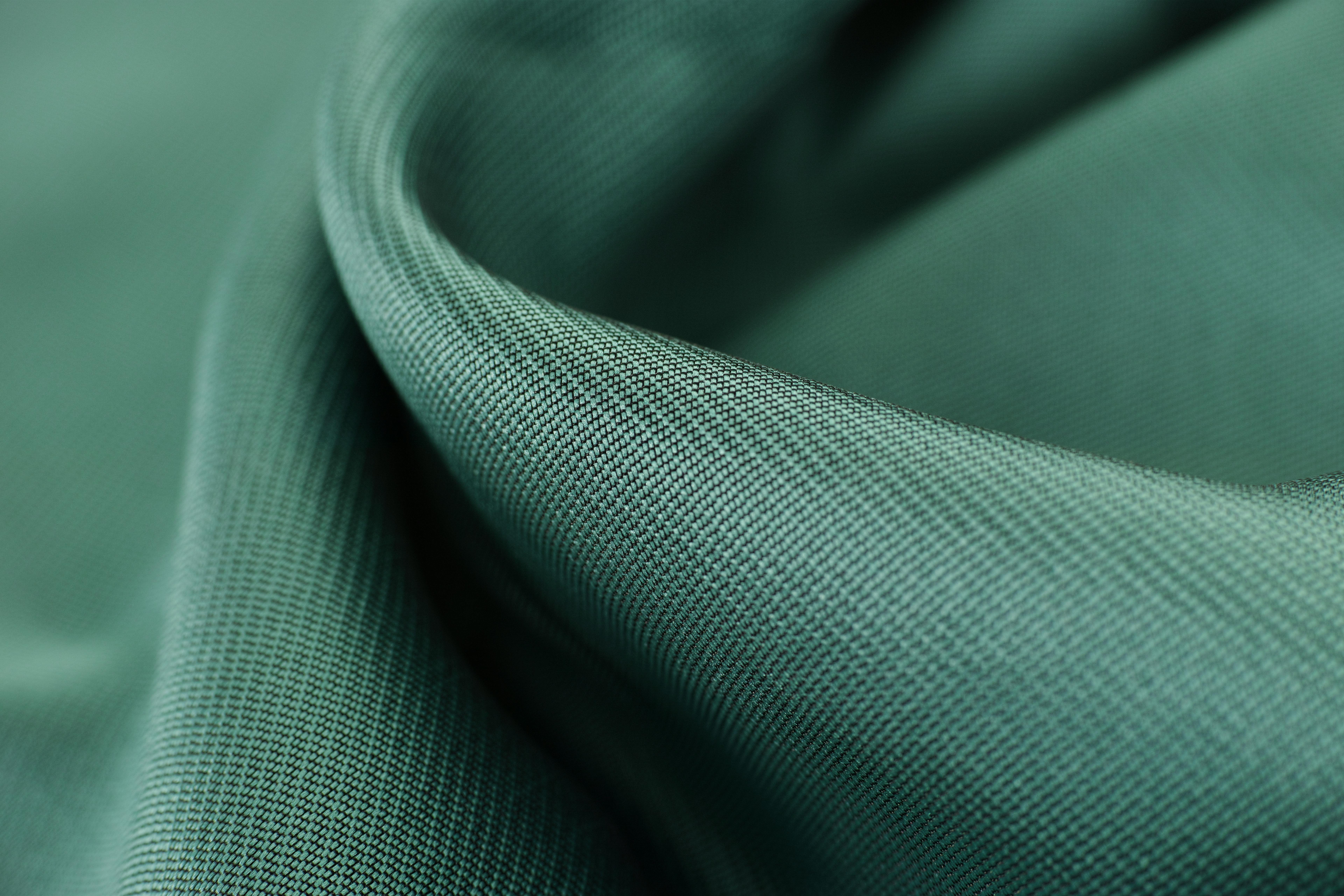Eco-Couture: Fashion's Sustainable Renaissance
In the glittering world of haute couture, a quiet revolution is taking place. Designers, once focused solely on creating jaw-dropping spectacles, are now weaving sustainability into the very fabric of their creations. This shift towards eco-conscious fashion isn't just a fleeting trend—it's reshaping the industry from the runways of Paris to the wardrobes of conscientious consumers worldwide. As environmental concerns take center stage, the fashion world is responding with innovative materials, ethical practices, and a reimagining of what luxury truly means in the 21st century.

From Niche to Necessity
What was once a niche market has now become a driving force in the fashion industry. Major luxury brands and fast-fashion retailers alike are scrambling to adapt to changing consumer demands and environmental realities. The rise of social media has played a crucial role in this shift, with consumers increasingly aware of the environmental and social impacts of their purchasing decisions. This heightened consciousness has forced brands to reevaluate their practices and embrace sustainability not just as a marketing tool, but as a core business principle.
Innovation in Materials
One of the most exciting aspects of eco-couture is the innovation happening in materials science. Designers are moving beyond traditional fabrics to explore a world of sustainable alternatives. Pineapple leather, recycled ocean plastics, and lab-grown silk are just a few of the materials making waves in the industry. These innovations not only reduce environmental impact but also open up new creative possibilities for designers. The result is a fusion of high fashion and high tech, where sustainability and style go hand in hand.
The Circular Economy of Fashion
Sustainability in fashion isn’t just about materials—it’s about reimagining the entire lifecycle of a garment. The concept of a circular economy, where products are designed to be reused, repaired, and recycled, is gaining traction in the fashion world. Luxury brands are launching buy-back programs, while rental services are making high-end fashion more accessible and sustainable. This shift is challenging the traditional notion of ownership and encouraging consumers to view their wardrobes through a new lens.
Challenges and Controversies
Despite the progress being made, the path to truly sustainable fashion is not without its challenges. Greenwashing—the practice of making misleading environmental claims—remains a significant issue in the industry. Critics argue that some brands are using sustainability as a marketing ploy without making meaningful changes to their practices. Additionally, the higher costs associated with sustainable materials and ethical production can be a barrier for both brands and consumers. Balancing affordability with sustainability remains one of the industry’s most pressing challenges.
The Future of Eco-Couture
As we look to the future, it’s clear that sustainability will continue to be a driving force in fashion. Emerging technologies like 3D printing and blockchain are poised to revolutionize production and supply chain transparency. Meanwhile, a new generation of designers is entering the industry with sustainability at the forefront of their ethos. The lines between high fashion and eco-fashion are blurring, with sustainability becoming an integral part of luxury rather than a separate category.
The eco-couture movement represents more than just a change in materials or production methods—it’s a fundamental shift in how we view fashion and its role in our lives and the world around us. As consumers become more conscious and designers more innovative, the future of fashion looks not just stylish, but sustainable. The runway of tomorrow promises to be as green as it is glamorous, proving that true luxury lies not in excess, but in responsibility and creativity.




